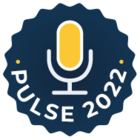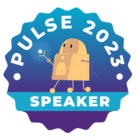We are planning on taking our community from private (customers only) to having the public be able to view content (that isn’t part of a private group or category) and only having customers be able to login and engage.
Has anyone done this and do you have any tips/pitfalls to watch out for?
Best answer by DannyPancratz
View original









